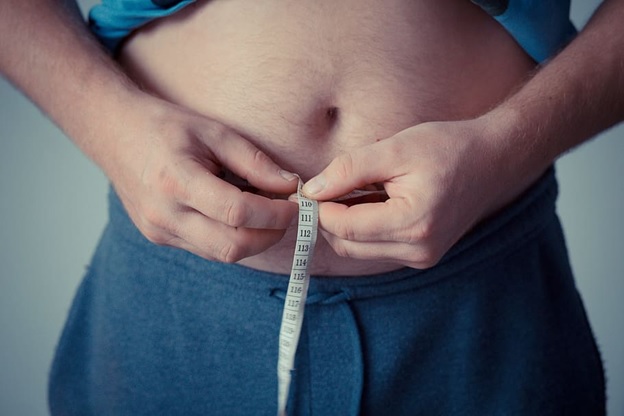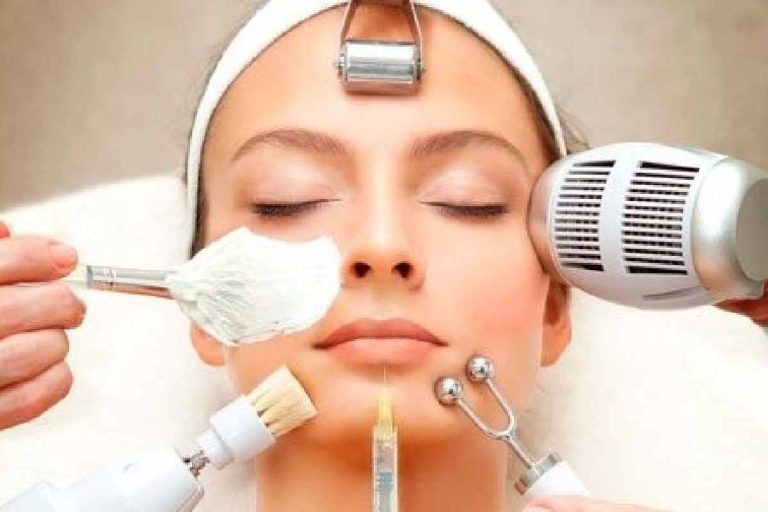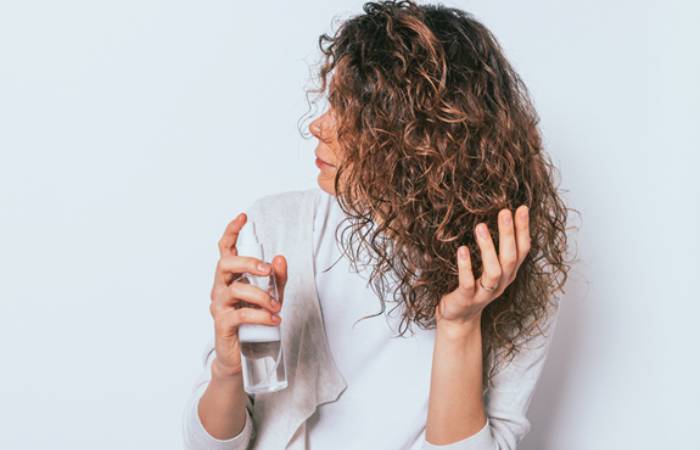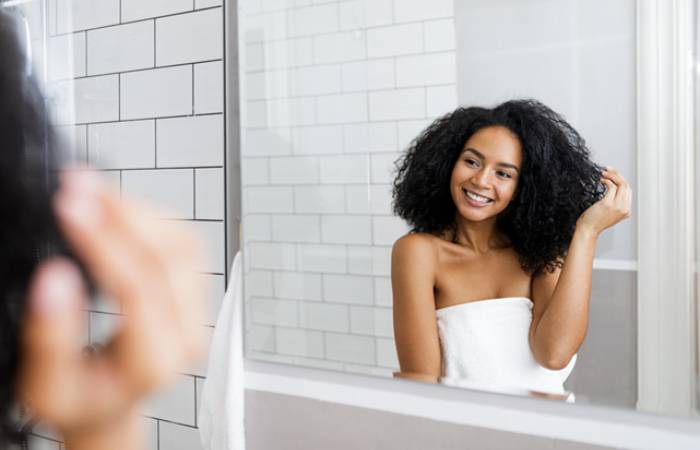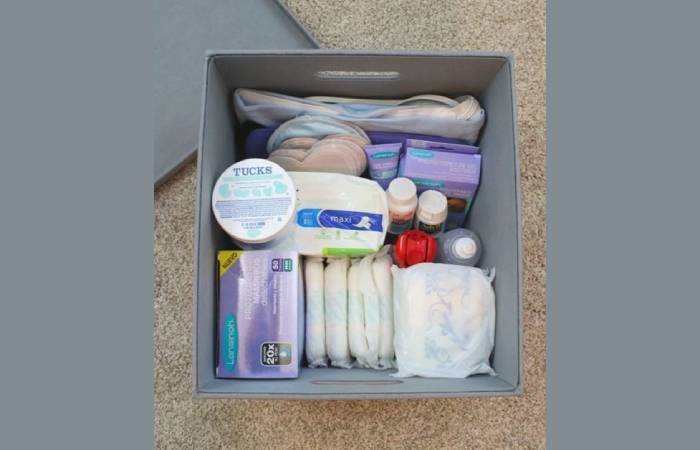Interesting Facts About the Red Fly Agaric
You may have seen fly agaric in stories, movies, or forests. Its red cap with white spots makes it easy to notice. Many people see it as a magic mushroom. Stories and traditions have kept it famous for years. Fairy tales and myths often show it.
People have always been curious about fly agaric. Shamans and ancient tribes used it in rituals. They believed it helped them talk to spirits. Scientists still study it today. Some learn about its history, while others check its chemicals. Many find it interesting because of its look and effects.
Table of Contents
Why Is Fly Agaric Famous?
Fly agaric is a famous mushroom. Its red cap with white spots makes it easy to see. Many people think it is special or magical. Stories and myths talk about it. Fairy tales and fantasy books show it as a symbol of mystery.
Long ago, tribes and shamans used it. They believed it helped them see visions and talk to spirits.
They believed it helped them see visions and communicate with spirits. Old writings mention it in ceremonies and rituals. Scientists now study its properties to learn more about its effects on the brain and body.
- Grows in forests across Europe, Asia, and North America
- May have influenced the story of Santa Claus
- Appears in books, movies, and video games
- Used in ancient rituals to change awareness
- Contains muscimol and ibotenic acid
Unique Appearance of the Red Fly Agari
Amanita Muscaria has a red cap with white spots. A white stem with a small ring near the top makes it easy to see. Many people know it from fairy tales, myths, and holiday stories.
It grows in cool forests near birch, pine, and spruce trees. It connects to tree roots and helps them grow. It appears in late summer and autumn in shady, wet places. You can find it in Europe, Asia, North America, and parts of South America.
Ancient tribes and shamans used it for its strong effects. They believed it helped them see visions and connect with spirits. Some scientists study its chemicals today.
The Red Fly Agaric in Traditions and Myths
You can find the red fly agaric in shamanic rituals from ancient times. Some Siberian and Arctic tribes, including the Sami people and indigenous groups of Russia, used it in spiritual practices. Shamans ate it to enter different states of mind. They believed it helped them connect with spirits and nature.
Many myths and stories mention this mushroom. Its red and white colors may have inspired the design of Santa Claus. Many fairy tales show it as a sign of magic and mystery. Some experts say ancient Norse warriors used it to enter a trance before battle.
Chemical Composition and Effects
The red fly agaric contains two main psychoactive substances. Muscimol creates hallucinogenic effects. Ibotenic acid changes into muscimol after drying. You may experience different effects after consuming it.
Some people feel euphoria, stronger senses, and vivid dreams. Others see reality differently. Higher doses may lead to nausea and dizziness. Most people do not use it for recreation because of its unpredictable effects.
Uses and Scientific Research
Amanita muscaria is not used in regular medicine, but some people think it may have benefits. Some traditional healers use it to help with anxiety, stress, and sleep. They also believe it may be good for the brain.
Some scientists study its effects on the nervous system. Research suggests muscimol may help with epilepsy and brain disorders, but more studies are needed. It is not a medicine and cannot be used for treating or diagnosing any disease.
Fly Agaric in Popular Culture
Amanita muscaria appears in many fantasy stories. Alice’s Adventures in Wonderland features a mushroom that may be based on the red fly agaric.
You may also see it in video games and movies. The Super Mario series uses it as a symbol of growth and power-ups. Many fantasy films have enchanted forests with fly agaric mushrooms, adding to their magical image. Some animated movies and books use it to represent mystery, transformation, and adventure.
Artists also include it in paintings, decorations, and illustrations. You may notice it in holiday themes, garden ornaments, and fantasy artwork. Many people connect its red and white colors with myths.
Buying and Preparing Dried Fly Agaric
Dried fly agaric provides an easy way to experience Amanita muscaria. Many vendors offer quality dried specimens. You can buy dried fly agaric on this website, but it is not intended for medical use. It cannot treat or diagnose any health conditions. Safe preparation improves its effects and reduces risks.
Preparation Methods:
- Drying: Heat transforms ibotenic acid into muscimol. It change lowers toxicity and enhances psychoactive.
- Tea Preparation: Hot water extracts key compounds. Many prefer tea for a smoother experience.
- Capsule Form: Ground mushroom powder fits into capsules. Some choose this method for accurate dosing and easy use.
Safety and Legal Considerations
You should be careful with Amanita muscaria. Eating it without proper preparation may cause nausea, dizziness, and confusion. Some people react more strongly. High amounts may cause health risks and unpleasant experiences.
Laws on Amanita muscaria are different in each country. Some places allow people to have it but not sell or use it. Many regions ban it because of its effects on the mind. Checking local laws before buying or using it helps avoid problems.
Last Thoughts
The red fly agaric looks like a bright mushroom but it has a long history. Many cultures use it in rituals, stories, and traditions.
Scientists study its effects, and people admire its look. Some know it from fairy tales, while others see it in research. It is one of the most famous mushrooms in nature.






